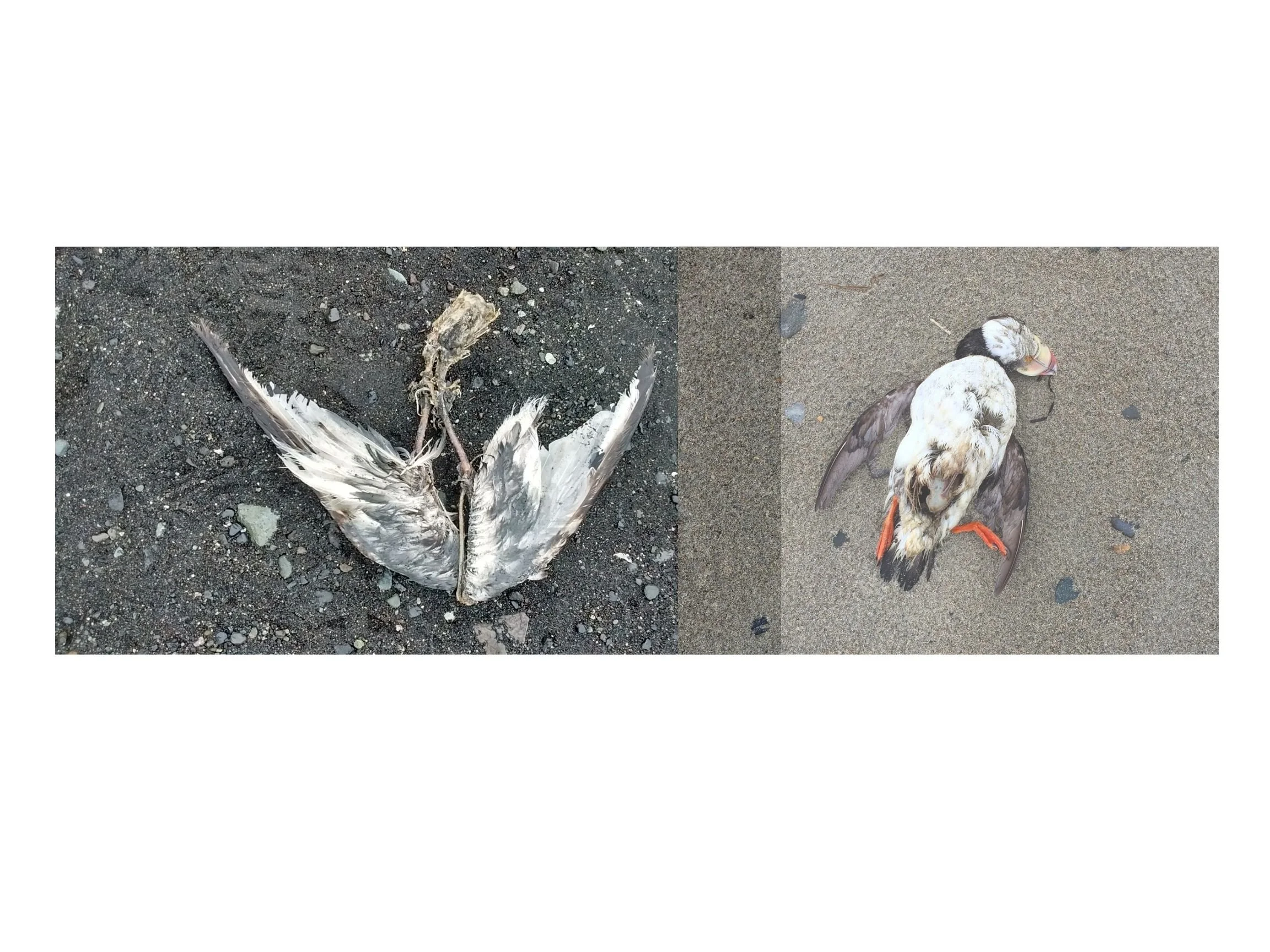Iceland. Mobility, spatiality, virtuality. Defining new touristic relationships through remote encounters, distant desires and embodied experiences.
A one day symposium hosted by (Arts) Territory Exchange, Strondin Studio Seyðisfjörður, and Centre for Mobilities Research at Lancaster University >>> Morag Patterson and I (partnered artists in an ongoing residency through correspondence) presented on our personal and overlapping experience with Iceland; the only place our physical paths have crossed. Below is the recording of the symposium, our’s is in the last session video, starting at minute 20:55.
www.artsterritoryexchange.com/iceland-mobility-spatiality-virtuality-conference-recordings
Transcript of my presentation.
Iceland and Alaska share many similarities: latitude, climate, weather, vegetation, birdsong, volcanic fire, sweeping ice, boom or bust, industrial tourism, overfishing, hydroelectric “green” energy, and both have been colonized, and both “sell” place through a language of empire; marketing land as a resource, a myth of exploration and escape, a frontier to discover; an untouched, pristine, wild, raw, extreme, rugged, unspoiled, unclaimed, unnamed, unmanned, remote place to fulfill your dreams and fantasies. Both claim the Arctic for geopolitical power, both are claimed by a rapidly warming latitude; both exist in the paradox of selling off ‘resources’ to meet economic demands while claiming clean, unmatched ‘nature’ of ‘last chance’ tourism while remaining heavily dependent on imported food and supplies while exploring ‘natural resources.’ Both have been defined as ‘other’ where people from outside define place for other outsiders to experience ‘exotic’ nature. Both have relatively short western histories and are indifferent to personal comfort; dynamic places that remind us of our vulnerability.
Sitka spruce, lodgepole pine, black cottonwood, Nootka lupine – all species imported to Iceland from Alaska. The lupine, to help with erosion, now runs rampant throughout many parts of the country, with showy carpets of purple that suffocate local plants, and for some, offer pleasing views. Reforesting the island is proving much slower than the spread of lupine. These trees, imported from Southeast Alaska, from a town just up the fjord from my home, were gathered as seeds in the 1940s and 50s. With slow growth rate, any changes in the Icelandic landscape itself are negligible; Alaska’s influence showing up more as tourists on direct flights from Anchorage than large swaths of forest. These shifts in plant communities, attempts to stabilize barren, wind-swept, volcanic laden soils, parallel my personal story of visiting Iceland: I went to grieve the shifting north and ended up also mourning the shaky ground of my own existence.
In a sense, the flora transported to Iceland from Alaska mirrors my reflection on that time and mirrors the dialog between myself and Morag as we learn from each other’s experience and decisions through place. We’ve both come to recognize that knowing a place exists far outweighs having to experience it or exist within it.
I went to escape, to exist in a place unknown, to see if what was happening to my home was true, that our warming North was circumpolar, and ask myself how and where my art and story fit in the narrative of such drastic human-caused change. A majority of the photos I have of myself from that time are of reflections and distortions in glass and mirrors, shadows and silhouettes, like I didn’t really exist there at all, nor leave a trace of recognizing myself there. I look back on my time in Iceland and feel like I existed only in fragments, like a phantom, and when I look through the images of the land, they feel like a haunting, like I’ve seen it before but where. Can we exist anywhere fully if we’ve come from somewhere else?
Looking through my photographs of the land, I see the blurred lines that shape the north, that my home in Alaska faces a future similar to Iceland’s, a future where mythical borders and boundaries are obsolete, that what effects the North affects us all.
References:
Egill Bjarnason. 2018. “Why Iceland Is Turning Purple: Buoyed by climate change, an invasive plant is taking over the landscape of the island nation.” Hakai Magazine. https://www.hakaimagazine.com/features/why-iceland-is-turning-purple/
Kristín Loftsdóttir. 2015. “The Exotic North: Gender, Nation Branding and Post- colonialism in Iceland”. NORA – Nordic Journal of Feminist and Gender Research, 23(4), bls. 246-260. DOI: 10.1080/08038740.2015.1086814
Kristy Kay Griffin and Caitlin Rogers. 2017. “Fabricating the Alaskan Frontier”. Juneau Empire. https://www.juneauempire.com/life/fabricating-the-alaskan-frontier/
